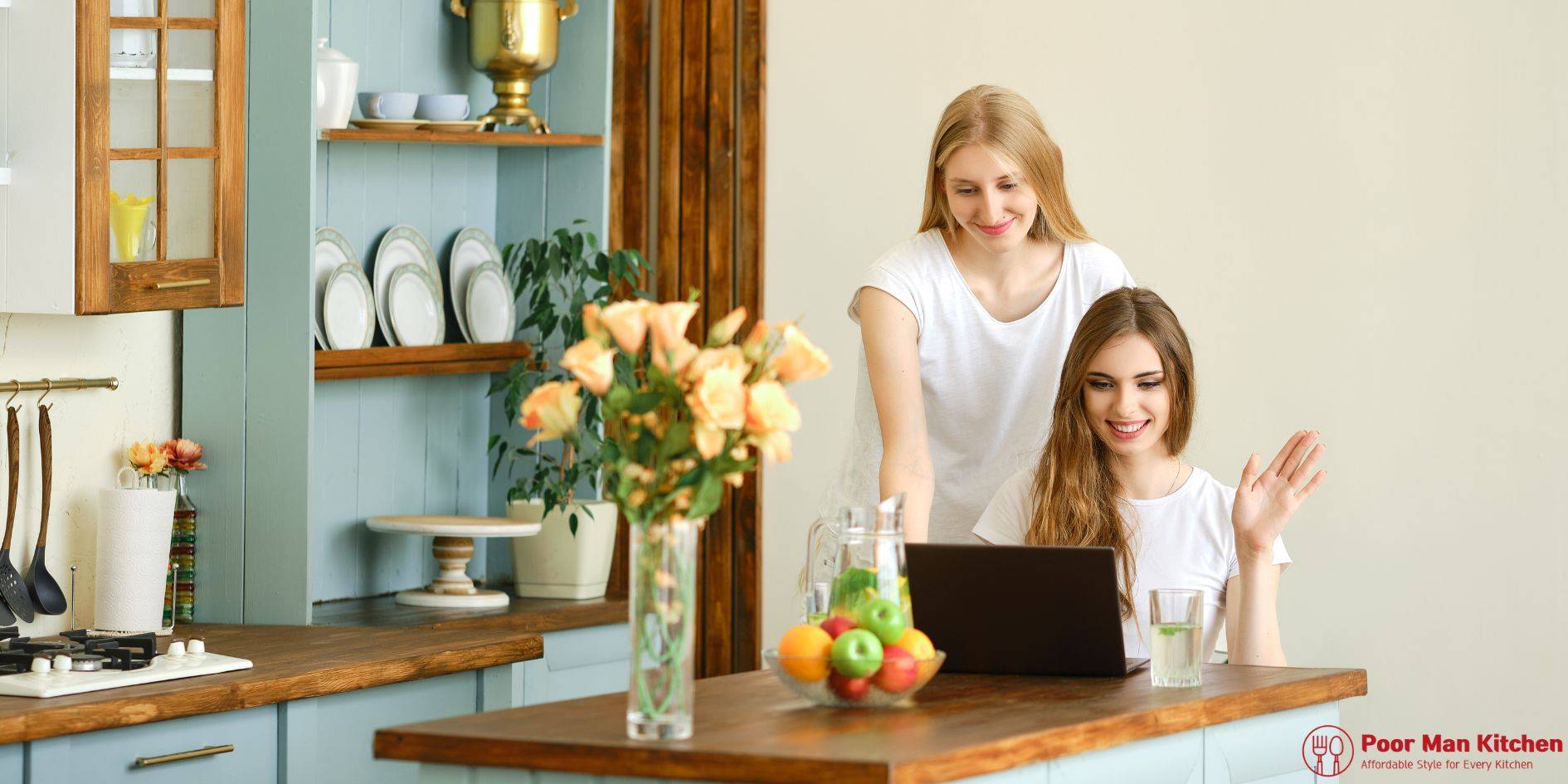Introduction:
The contemporary kitchen area island has evolved from a basic work surface into a spectacular focal point of home design. It combines visual appeal with functionality, offering a space for cooking, socializing, and even working. In today’s open-plan homes, the island typically acts as a natural divider between the kitchen and living spaces, making it essential to get the style just right.
This detailed guide delves deeply into kitchen island decor, offering ideas, trends, materials, and expert advice to help you create a visually striking yet extremely functional kitchen space. Whether you prefer minimalist Scandinavian interiors, rustic farmhouse vibes, or vibrant modern aesthetics, this guide will inspire your kitchen renovation or new build.
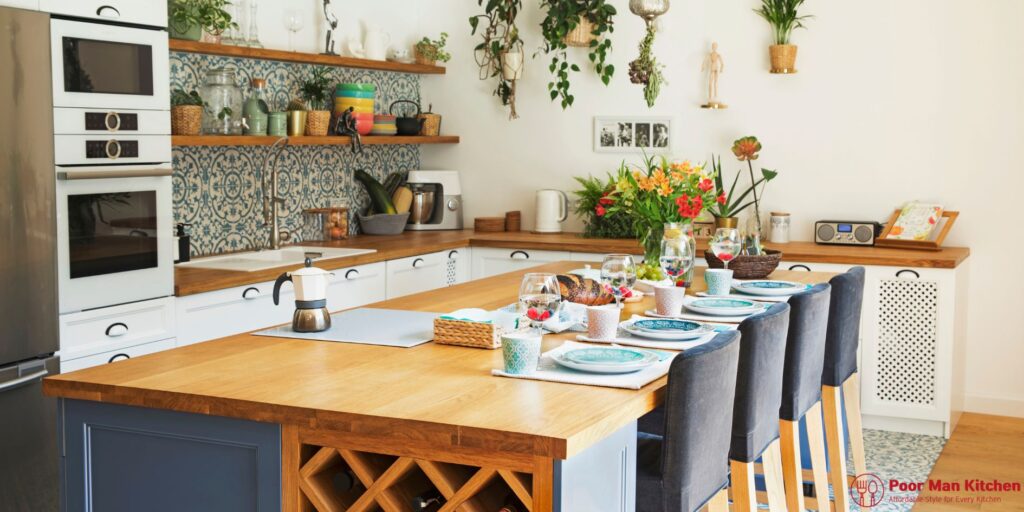
Why Modern Kitchen Islands Are Essential:
Multifunctional Spaces:
Modern kitchens aren’t just about cooking; they’re about connection. Cooking area islands serve multiple functions.
- Prep Area.
- Casual Dining Space.
- Workstation.
- Storage Solution.
- Social Hub for Family and Guests.
Increases Home Value:
A well-designed cooking area island can considerably increase your home’s resale value. Since they represent functionality, modernity, and high-end, potential buyers typically look for cooking areas with islands.
Bridges Design with Practicalit:
An island is where design imagination meets practicality. With cautious planning, you can utilize your island to seamlessly integrate colors, textures, and themes from both your kitchen area and living spaces.
Kinds Of Kitchen Islands:
Freestanding Islands:
Ideal for versatility, specifically in smaller-sized spaces. These can frequently be moved or adjusted as required.
Fixed Islands:
These are built-in and typically consist of plumbing, electrical energy, and incorporated devices. Fixed islands are ideal for homeowners seeking optimal performance.
Rolling or Mobile Islands:
On wheels for flexibility. Perfect for small apartments, condos, or kitchens that double as dining rooms.
Peninsula Islands:
Connected to the wall or cabinetry, offering island-like benefits in cooking areas where space is limited.
Double Islands:
Common in luxury homes with sufficient area. One island is typically used for preparation; the other for dining and entertaining.
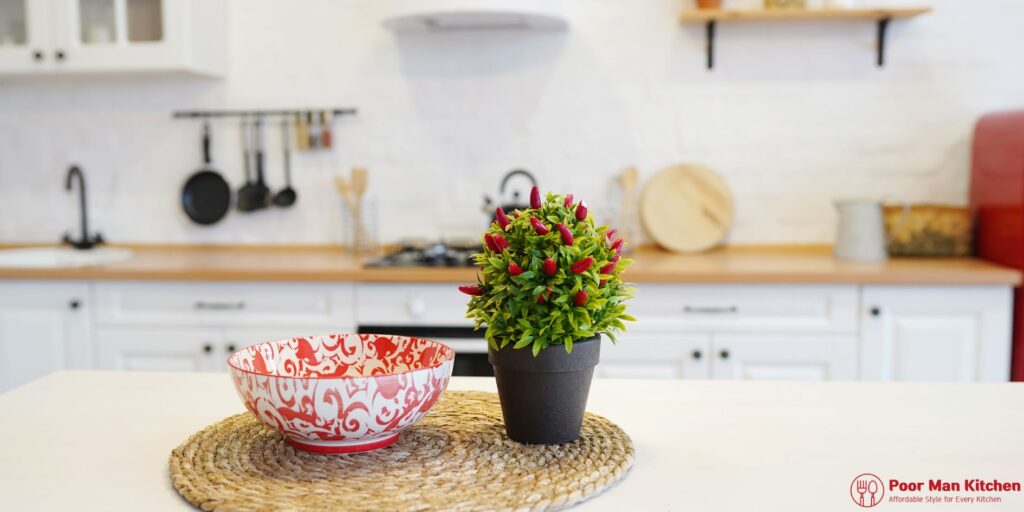
Popular Kitchen Island Materials:
Counter tops:
- Quartz: Non-porous, long-lasting, and versatile in design.
- Granite: Rich in natural appeal, durable but needs sealing.
- Marble: Luxurious, stylish, but high-maintenance.
- Butcher Block: Warm, welcoming, great for rustic or natural kitchen areas.
- Concrete: Industrial, modern-day, completely personalized.
- Stainless Steel: Hygienic, heat-resistant, and smooth.
Cabinet Bases:
- Wood: Oak, maple, walnut for timeless appeal.
- MDF with Veneer: Cost-effective with diverse finishes.
- Metal: Industrial or modern-day homes take advantage of steel or aluminum frames.
- Glass Panels: For a lighter, airier feel.
Trending Colors & Finishes for 2025:
Color Trends:
- Midnight Blue & Navy.
- Forest Green & Olive.
- Matte Black.
- Soft Cream & Beige.
- Two-Tone Contrasts (E.g., dark base, light countertop).
Complete Trends:
- Matte Finishes over Gloss.
- Textured Wood Grains.
- Stone Look Laminates.
- Mixed Material Combos (Wood + Metal, Marble + Brass).
Accents:
- Gold or Brushed Brass Hardware.
- Bold Handles for Statement Impact.
- Integrated Lighting with Color Effects.
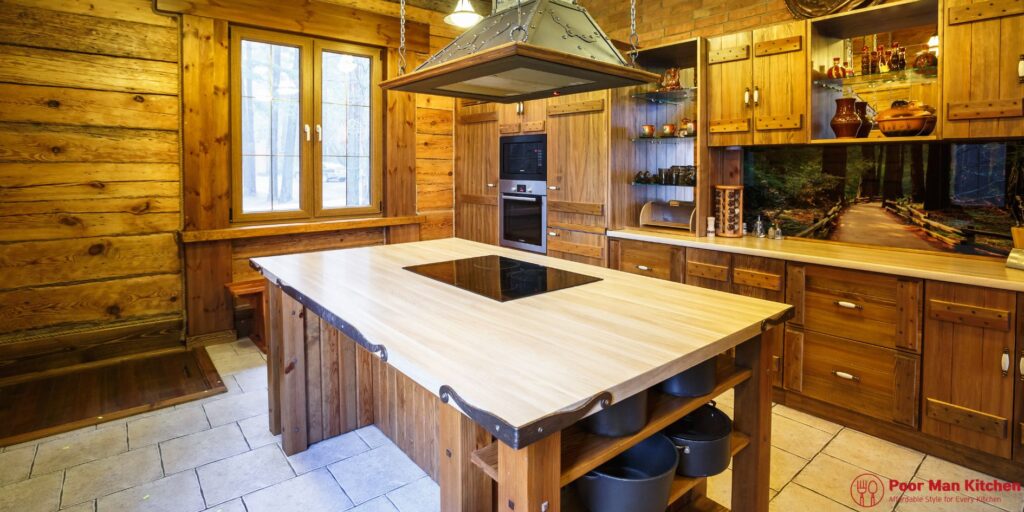
Lighting Ideas for Kitchen Islands:
Lighting changes both performance and ambiance. The right fixtures ensure your kitchen island becomes a visually striking centerpiece.
Types of Lighting:
- Pendant Lights: Iconic above islands. Consider size, shape, and materials to match your design.
- Chandeliers: A bold option, best for glamorous, large cooking areas.
- LED Strip Lighting: Underneath counters for modern style.
- Recessed Lighting: Functional, discreet, excellent for general lighting.
- Smart Lighting Systems: Control strength and color via apps.
Lighting Tips:
- Pendant lights ought to hang 30-36 inches above the countertop.
- Layer ambient, task, and accent lighting for a balanced look.
Seating Ideas for Modern Islands:
Island seating promotes social interaction and casual dining.
Kinds of Seating:
- Bar Stools: Perfect for taller counters (40-42 inches high).
- Counter Stools: Ideal for basic height (36 inches).
- Bench Seating: For comfortable, family-style dining.
- Mixed Seating: Stools on one side, lower-level chairs on another.
Material Suggestions:
- Upholstered for convenience and elegance.
- Wood for warmth and ageless appeal.
- Metal for commercial edge.
- Rattan or woven for natural, bohemian vibes.
Design Tips:
- Allow 24-30 inches per stool for comfortable seating.
- Overhang of a minimum of 12 inches ensures legroom.
Storage Solutions for Kitchen Islands:
Islands often act as secret storage powerhouses.
Ideas for Maximizing Storage:
- Deep drawers for pans and pots.
- Hidden pull-outs for spices and utensils.
- Wine racks or fridges for drink storage.
- Open racks for display items.
- Integrated bins for waste and recycling.
- Charging drawers for tech company.
Pro Tip: Hidden outlets ensure your kitchen area stays functional and clutter-free.
Integrated Technology in Modern Islands:
Smart kitchens are no longer futuristic —they’re useful and practical.
Innovation to Consider:
- Built-in induction cooktops.
- Downdraft ventilation systems.
- USB and power outlets.
- Pop-up device lifts.
- Integrated wise screens for dishes and control centers.
- Wireless charging pads.
- Smart lighting combination (regulated through Alexa, Google).
Innovation turns your island into a multifunctional tool, supporting cooking, working, and amusing.
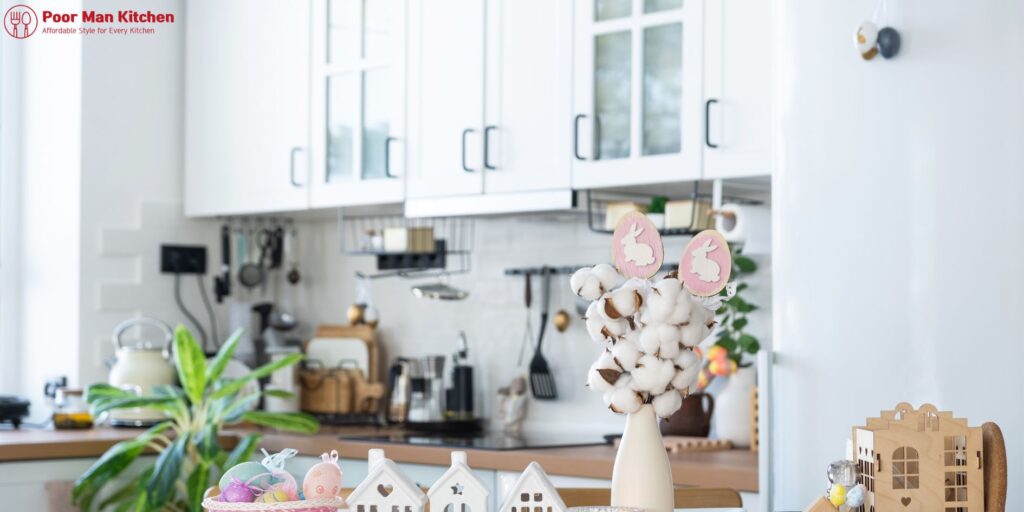
Design Ideas for Aesthetic Appeal:
Kitchen islands aren’t just practically practical —they are central to your home’s visual appeal.
Design Elements:
- Decorative trays to group products (vases, candle lights, salt cellars).
- Fresh flowers or indoor plants.
- Statement bowls for fruit or ornamental items.
- Cookbooks with aesthetic covers.
- Seasonal decoration swaps (e.g., pumpkins for fall, flowers for spring).
Styling Tip: Stick to odd-numbered groupings (3, 5 products) for visual balance.
Style Mistakes to Avoid:
Prevent these risks for a successful kitchen area island design.
Common Errors:
- Ignoring the kitchen’s workflow (triangle guideline).
- Overcrowded area with an island too big.
- Skimping on lighting.
- Choosing trendy over resilient products.
- Forgetting seating comfort and spacing.
- Lack of correct electrical preparation.
Inspirational Kitchen Island Themes:
Scandinavian Minimalism:
- Light woods, soft neutrals, basic lines.
- Focus on light and airy spaces.
Modern Industrial:
- Dark metals, concrete surface areas, exposed hardware.
- Reclaimed woods for texture.
Rustic Farmhouse:
- Reclaimed wood, butcher block tops.
- Open shelving and apron sinks.
Coastal Chic:
- Soft blues, whites, and natural textures.
- Nautical accents, light woods.
Luxury Contemporary:
- Marble, high-gloss surfaces, metal accents.
- Waterfall edges and bold lighting.
Tips for Small Kitchens:
Even small cooking areas can enjoy island advantages with clever planning.
Ideas:
- Mobile islands or rolling carts.
- Narrow islands with drop-leaf extensions.
- Incorporate surprise storage.
- Light colors to enhance area perception.
- Multi-use styles: preparation, dining, storage.
Kitchen Area Island Ideas for Large Kitchens:
Bigger kitchens permit more creative flexibility.
Luxury Features:
- Double islands for separate cooking and dining.
- Oversized seating areas.
- Integrated luxury home appliances.
- Bold colors or significant materials.
- Sculptural lighting fixtures.
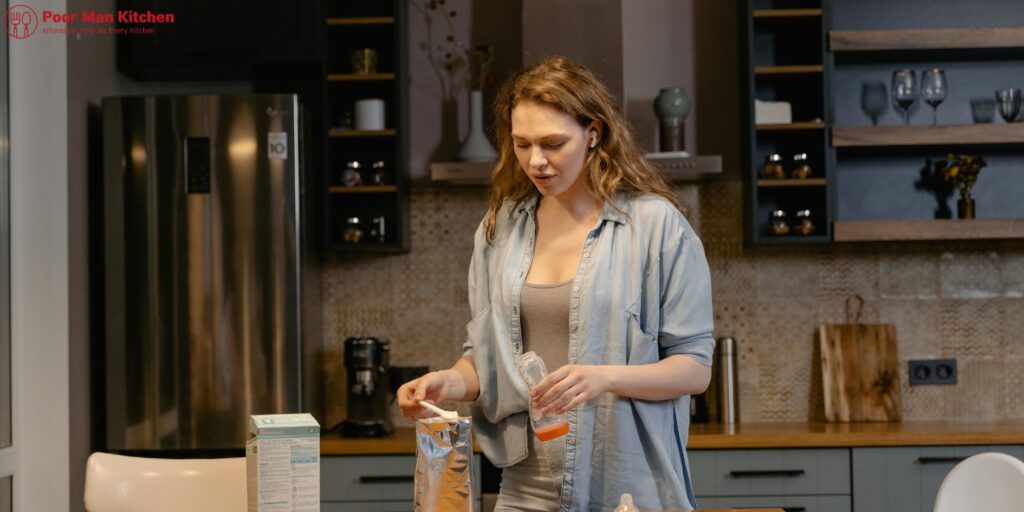
Future Trends: 2025 and Beyond:
What’s Coming:
- Sustainability: Recycled products, eco-friendly finishes.
- Modular, versatile designs for progressing lifestyles.
- Tech integration: AI home appliances, app-controlled cooking areas.
- Mixed products: Concrete paired with wood or metal.
- Warmer, more natural schemes replacing plain whites.
Conclusion:
The modern-day kitchen island is a blend of style, innovation, and functionality. From material choices to color pattern, from innovation to lighting, your island can end up being the specifying feature of your home. It reflects your way of life, influences how you live every day, and adds indisputable value to your home’s style.
By embracing contemporary trends, practical features, and timeless looks, your kitchen island will serve not just as a workspace but as the beating heart of your home —where family gathers, meals are shared, and memories are made.
The modern cooking area island has evolved from a simple work surface into a stunning centerpiece of home design. In today’s open-plan homes, the island often serves as a natural divider between the cooking area and living spaces, making it essential to get the design just right.
The modern-day kitchen island is a combination of design, function, and development. From material choices to color schemes, from innovation to lighting, your island can become the defining function of your home. It reflects your lifestyle, influences how you live daily, and adds undeniable value to your home’s design.

